When it unveiled the Apple watches in 2015, Apple popularised the wristwatch in a similar way to how it did with the smartphone. Although it wasn’t the first, IBM introduced the WatchPad in 2001, which utilised a scaled-down version of the Linux operating system. Who can still remember the Pebble? One of the first watches to pair with a smartphone and provide notifications to your wrist was funded in 2011 through a Kickstarter campaign
.Additionally, manufacturers of smartwatches continue to innovate by developing sleeker, lighter, and more user-friendly designs, as well as by including new features and functionalities. Here is a list of some of the most intriguing and exciting timepieces that have recently come to market, as well as a preview of some upcoming watch-related gadgets that watch enthusiasts can look forward to.
Huawei Watches 4/ Watches 4 Pro
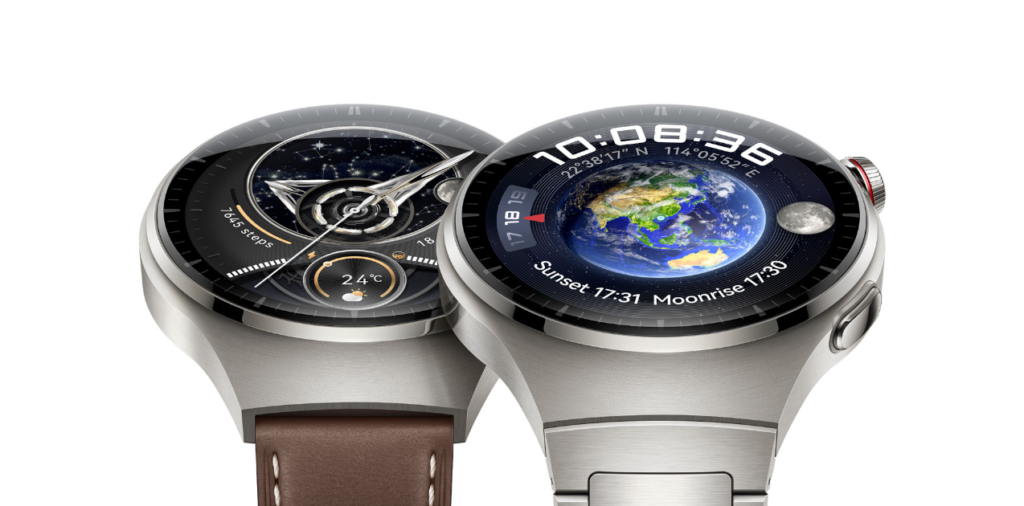
The first watch with non-invasive blood glucose monitoring has been released by Huawei. Other watchmakers have been working on this function for a while, including Apple, but the Chinese company is the first to release it. The gadget measures a number of different health metrics instead of directly measuring blood sugar levels, which can be used to provide signs of high or low blood sugar levels. This implies that while it won’t completely replace intrusive blood sugar monitors that need diabetics to prick their finger in order to obtain blood, it can still be used to give early warning of a hyperglycemic or hypoglycemic crisis.
Apple Watch Ultra
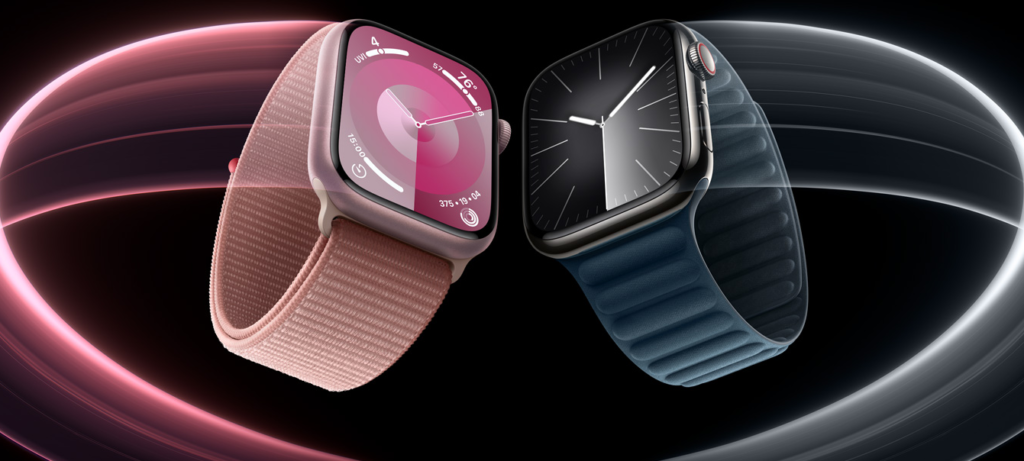
The Ultra, which has been on the market for about a year, has established itself as the premium watch in Apple’s continuously expanding portfolio. It stands out because to its titanium shell, which was created to be strong in harsh environments and allows it to boast a water resistance of up to 600 metres. Apple has also been able to increase battery life, which was not a strong point of past models, to a practical 36 hours because to new battery technology. It’s touted as a watch for explorers or fans of extreme sports for these reasons; if this describes you, you might also want to take a look at the Polar Grit X Pro or the Garmin Fenix 7 watches.
Google Pixel Watch 2
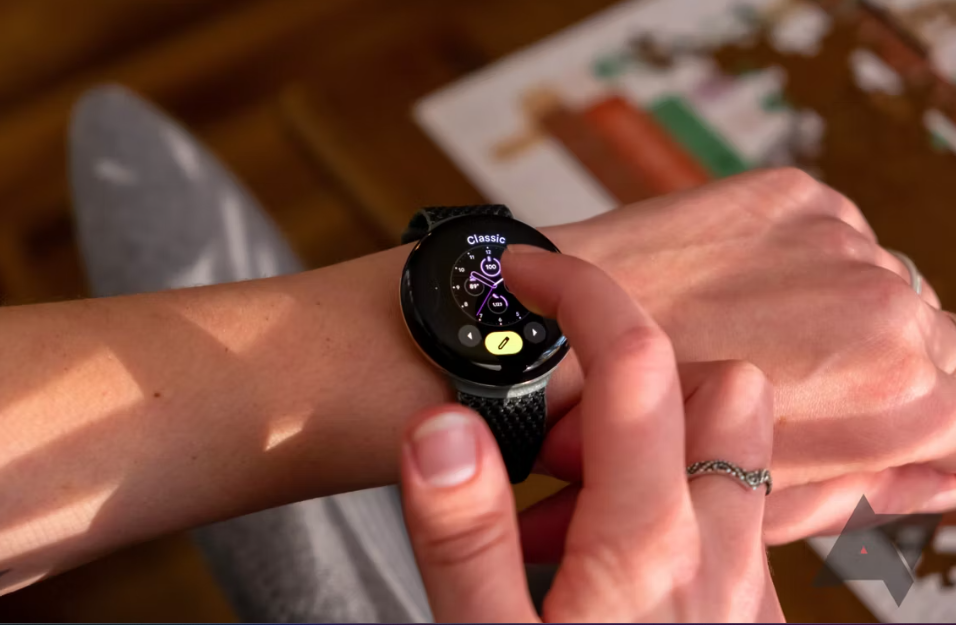
According to rumours, the Fitbit Sense 2’s Body Response stress detection mechanism would be upgraded for Google’s smartwatch’s second edition. Given that Fitbit is owned by Google, it would make sense for it to want to incorporate the most cutting-edge components of its subsidiary’s technology in its own flagship product. The most recent Body Response system enables real-time reporting and can send an alert when it detects a rise in stress levels, in contrast to earlier versions of the stress detection technology that use machine learning to monitor a number of metrics, including perspiration, heart rate, and skin temperature to provide a daily score.
Amazfit Cheetah
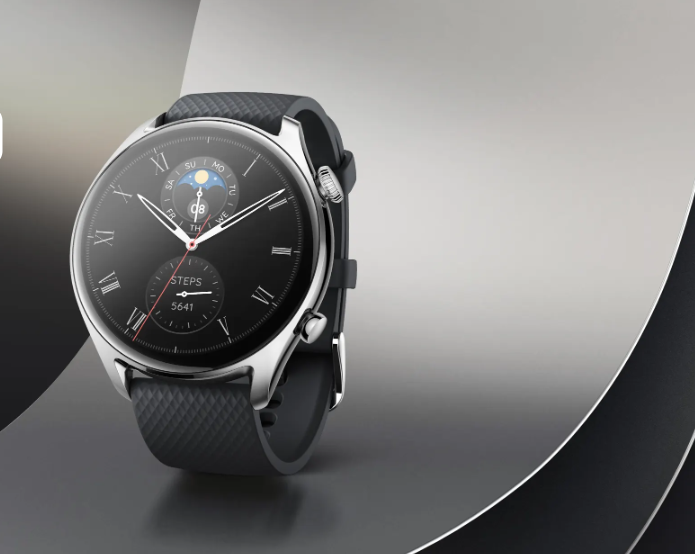
The Cheetah Zepp AI coaching application brings generative AI to smartwatches. This watch has a sophisticated language model that enables it to deliver information and respond to inquiries as if you were wearing a personal trainer around your wrist. Additionally, it provides AI-powered counsel and direction for your exercise regimen, including custom recommendations and GPS directions.
Fitbit Ace 4
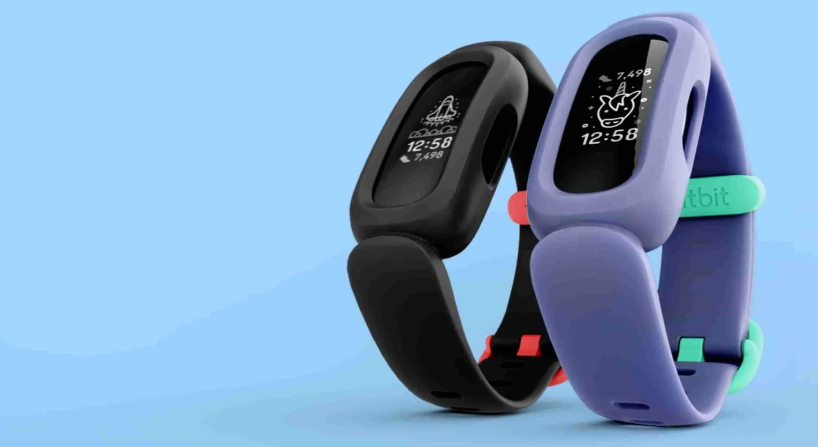
This is the newest model of Fitbit’s line of activity tracker watches especially made for kids, which is rumoured to come later this year. It has kid-friendly design, a high degree of customisation, and kid-friendly Fitbit apps with a focus on fun and gamification of fitness activities in addition to parental settings. Its tough build enables it to withstand the stumbles, falls, and spills that kids all too frequently experience.
Citizen Smart Touchscreen Gen-2
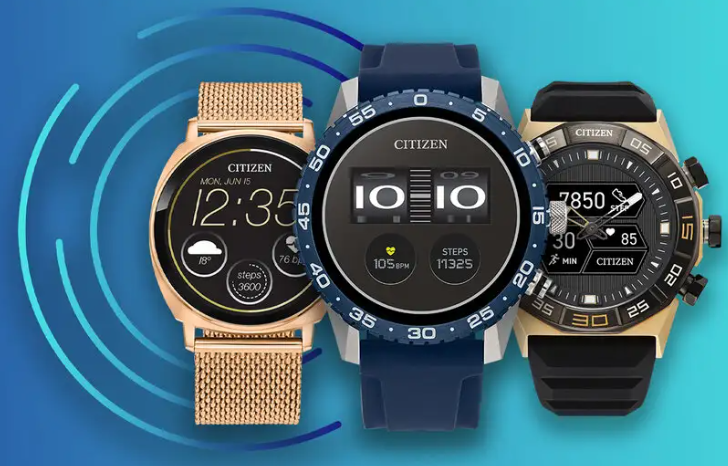
The most recent Citizen AI-assisted watch is powered by IBM’s Watson AI engine. This takes the form of an integrated self-care advisor that gathers knowledge about the wearer’s lifestyle, physical health, and level of exercise. Additionally, it makes use of machine learning algorithms created by NASA to help analyse the daily swings in astronauts’ alertness and energy levels in order to automatically advise the optimal times to exercise or take a break in order to spend energy effectively throughout the day.
ALSO READ:Mummified ‘Alien’ Corpses Put On Display In Mexico City, Believed To Be 1000 Years-Old



































